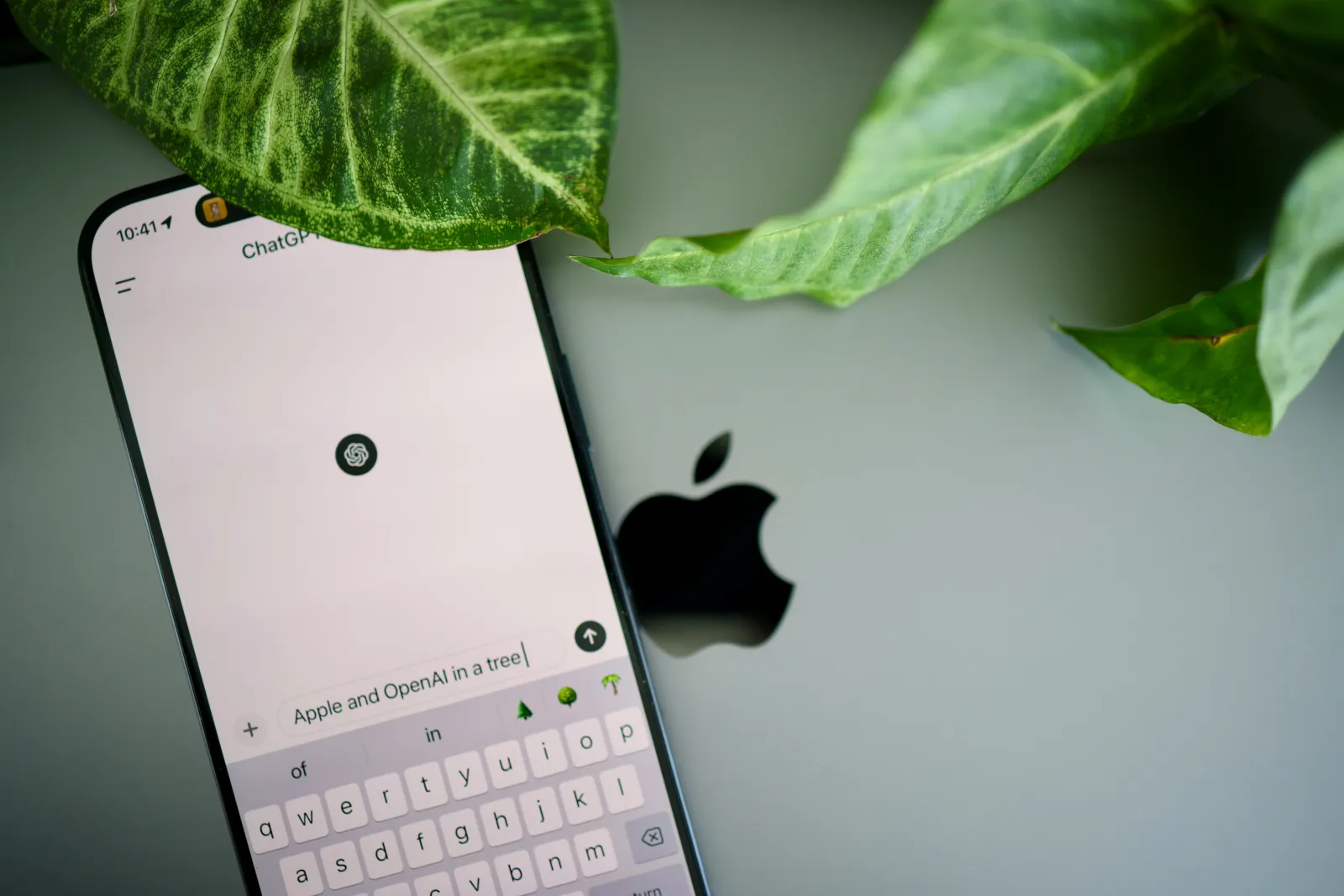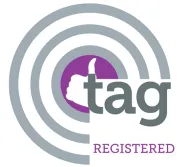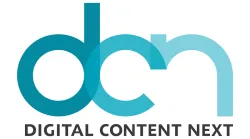One of the most critical components of a successful campaign is timing. Whether you're trying to fuel sales around a big holiday or build anticipation for a new product, timing is everything. But hitting deadlines becomes challenging when year-round campaigns, impromptu marketing pushes, and rapid response needs all pile up on your desk.

That's where OpenAI's ChatGPT tool can come to the rescue. ChatGPT can free up your time and mental space to allow your creative side to flourish—if you know how to use it. Like any tool, some instructions and how-to guides are helpful before you smash away.
That's why we've put together your 2025 ChatGPT prompting cheat sheet. Use these tips to generate first drafts. Then, use your creative touch polishing ChatGPT's work into content that converts.
Why Better Prompts Matter
If you're unfamiliar with ChatGPT, here are a few basics. ChatGPT is a type of AI chatbot known as a Generative Pre-training Transformer. It's a chatbot trained on massive amounts of language data to create new-ish responses to your prompts.
The nearly infinite amount of prompts and ChatGPT's vast training data are why 60% of organizations worldwide feel that this tool will boost productivity in the months and years to come. But all that possibility can be a double-edged sword.
That's because ChatGPT's responses are predictions. How you prompt them shapes the predictive result. The better your prompts, the more useful ChatGPT's response will likely be.
When Prompts Miss the Mark
If you feel like you haven't been able to make the most of ChatGPT, you might've been experiencing some common problems that come from human intuition bumping up against machine learning. That's okay. ChatGPT is still new, and while 44% of companies feel they have a little expertise, there's still more to learn.
Imagine trying to predict a books' ending after reading the first sentence. You don't have enough information at that point and your best bet is to ramble, hoping something you say is accurate. A response like that is a hallmark of a too vague ChatGPT prompt.
For humans, a list of instructions is easy to follow. We start with the first instruction and continue to the last one. However, for ChatGPT, receiving multiple instructions causes more confusion. ChatGPT considers that too much instruction and can't prioritize them, leading to a jumbled mess.
In everyday conversation, we can discern contextual changes with very few clues. A conversation about last night's game can end with last year's vacation in a few sentences. But ChatGPT can easily blend the wrong context from the previous night's game with last year's vacation, leading to an incoherent response about how you slept for a week in a stadium.
Thankfully, you're just a few tips away from generating on-point responses with focused ChatGPT prompts.
Your Prompting Cheat Sheet
Now that you know what to expect when ChatGPT gets confused, you can start crafting prompts that bring out the best of this generative AI tool.
Think of ChatGPT like your friend who knows a bit about everything. When you ask them a question, they wax poetically about the topic. When you want that friend to keep it short, you have to let them know.
It's the same way with ChatGPT. Getting the most requires asking ChatGPT to do as little as possible. Otherwise, the bot will run amok showing off how much it knows. If you remember one thing from this cheat sheet, remember constraints.
Limiting the scope of ChatGPT's response is the best way to ensure the response meets your expectations. If you had a word count in mind, say so. If you want to think in a particular way, give it a role. If a specific context helps, provide it. And if you need a format or style, give ChatGPT that information.
Stick to the Word Count
If you enter a random prompt for ChatGPT, odds are it'll give you a 500-word response. That's not a bad length for most reports or blogs, but written projects aren't one-size-fits-all. Most people won't bother to read a 500-word email, for example.
It's better to tell ChatGPT exactly how many words you want. If you want to be like the 64% of PR and marketing professionals using AI for social media copy, you don't want 500-word responses. You might want to limit it to 150 for a LinkedIn post or 10 for a caption.
Example: Write a 10-word post showcasing a new sneaker launch.
Like any writer, the word count restriction forces ChatGPT to be concise. The result is a more focused response that matches your expectations.
Create a Role For GPT to Play
Another way to constrain ChatGPT is to assign it a specific role when predicting its response. Similar to word count, this pushes the bot to narrow its focus and ignore data that doesn't pertain to the role. The more specific you are about the role, the better ChatGPT's prediction will match your expectations.
Example: Pretend you're a social media marketing professional working for a small sneaker company. Write a 10-word post showcasing a new sneaker launch.
With this role in mind, ChatGPT will rely on matching data only to create a response that fits. The resulting response will be more manageable when crafting your final draft.
Specify the Context
You can refine your prompts further with additional context for ChatGPT. Rather than just outlining the role you want ChatGPT to embody, you can give it a target audience.
You can also provide examples from you or your company's past work to give it greater context and get a better result. This will also make it easier for ChatGPT to approximate you or your brand's "voice." It won't be able to get it quite right with just a handful of samples, but it'll put you in a better position to polish it off.
Example: Pretend you're a social media marketing professional working for a small sneaker company. Your target audience is sneaker collectors ages 18-25. Example 1: Example 2: Example 3: etc. Question: Write a 10-word post showcasing a new sneaker launch.
You can also give context for the sections of your prompt. In the example above we told ChatGPT when the question was coming. That context helps ChatGPT organize its data collection and prediction.
Give a Desired Format
If you were to run those prompts above, you might still run into some wonky responses from ChatGPT. That's because we've been using this vague output, "post." Far too many types of content fit under that term, from blogs to social media copy.
Even within social media copy, there are vast differences between content appropriate for LinkedIn and X. Rather than waste precious time running and rerunning those same prompts until you find what you're looking for, just tell ChatGPT the format you want.
Example: Pretend you're a social media marketing professional working for a small sneaker company. Your target audience is sneaker collectors ages 18-25. Example 1: Example 2: Example 3: etc. Question: Write a 10-word caption for an Instagram Reel showcasing a new sneaker launch.
Specifying the format pushes ChatGPT to look at similar captions, fully understand your expectations, and produce a prediction that matches.
Get in Style
The earlier constraints we've been using, particularly the example posts added for context, give ChatGPT an idea of the style. However, rather than leaving it entirely up to the bot's predictive capabilities, you can tell ChatGPT what style it should use.
Example: Pretend you're a social media marketing professional working for a small sneaker company. Your target audience is sneaker collectors ages 18-25. Example 1: Example 2: Example 3: etc. Question: Write a 10-word caption for an Instagram Reel showcasing a new sneaker launch. Use a casual, friendly, laidback style.
A clear style direction will encourage ChatGPT to use vernacular, slang, or precise technical language. Indicating the style will help you produce a usable draft faster and save you time editing and refining the final product.
Boost Productivity With CMG's Creativity
With tighter prompts that reign in ChatGPT's incredible computing power, you can begin harnessing its potential for greater productivity. But be aware there are some things that ChatGPT cannot accomplish.
While ChatGPT is a type of generative AI, it's not necessarily generating anything new. It's synthesizing similar content in different ways. That can create plagiarism concerns and factual inaccuracies if ChatGPT is wholly relied on for content. It also means it can't understand why something is funny, heartwarming, or innovative, just that internet users tagged similar content that way.
Rather than rely on ChatGPT to create your content in 2025, use this cheat sheet to get the ball rolling and drafts flowing. Take the responses you get from ChatGPT to craft content that converts using authentic human insights.
Ready to take that next step? Contact us today to get started.







